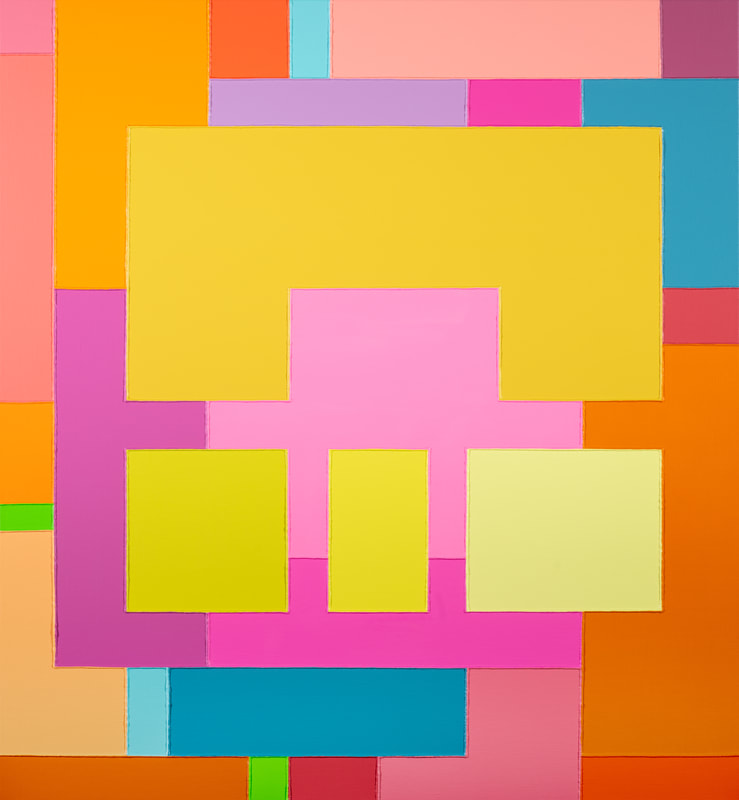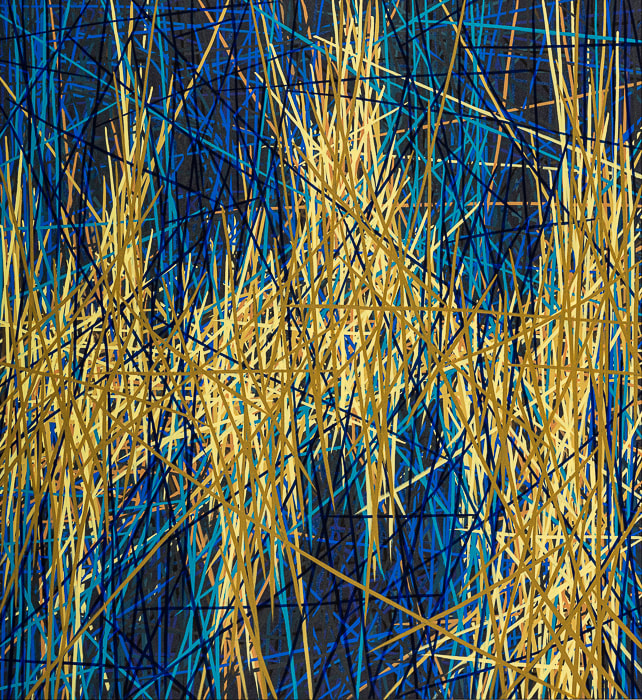MICHAEL BRADEN
Artist Statement
Urban Ecologies: A Pattern Language, explores the fabric of our urban environment and the patterns that shape and define our ‘Sense of Place’. The physical vocabulary and resulting patterns that define the earth’s surface change with our evolving aesthetic and technological advancements. The result is a continuously transforming Urban typology.
In this series I am specifically looking at orthogonal geometries of urban structure as an agent of geomorphic construction and erosion. Anthropogenic Landscapes have reshaped our natural environment. These reconstructed landscapes continue to be influenced by both natural systems as well as the Social, Cultural, and Technological systems of human occupation. Additionally, Urban environments modify and shape bioclimatic zones unique to these densely populated structures. In 2000, Crutzen & Stoermer proposed defining the period of human influence as the era of Anthropocene, when humans re-shaped the surface of the earth and our atmosphere.
As a species, we do not seek equilibrium. Our ability to record history, information, and technological advancements enables us to manipulate and control our natural systems, forcing an imbalance in a natural sustainable system without technical intervention - we take more than we give back - consequently, we have exceeded the life sustaining capacity of the land we live on. We have created an Urban Ecosystem and geomorphology dependent on the severe modification of distant lands to support our over populated cities.
Urban environments are both shaped by and shape natural environments, and given that over three-fifths of the world’s population lives in these environments, understanding them as a fluid system of additive and deductive forces is critical to the survival of the flora and fauna. Humans have severely reshaped the natural geomorphology of our planet.
I am shifting perception through color and shape that conjures individual memory and experience - to evoke a Sense of Place, and the underlying forces of human development.
As a painter, sculptor, architect, and landscape architect, I enjoy the process of distilling the environment and the world we live in, into a language of color and form; I’m always searching for new experiences that define the cognitive and affective domain of our existence.
In this series I am specifically looking at orthogonal geometries of urban structure as an agent of geomorphic construction and erosion. Anthropogenic Landscapes have reshaped our natural environment. These reconstructed landscapes continue to be influenced by both natural systems as well as the Social, Cultural, and Technological systems of human occupation. Additionally, Urban environments modify and shape bioclimatic zones unique to these densely populated structures. In 2000, Crutzen & Stoermer proposed defining the period of human influence as the era of Anthropocene, when humans re-shaped the surface of the earth and our atmosphere.
As a species, we do not seek equilibrium. Our ability to record history, information, and technological advancements enables us to manipulate and control our natural systems, forcing an imbalance in a natural sustainable system without technical intervention - we take more than we give back - consequently, we have exceeded the life sustaining capacity of the land we live on. We have created an Urban Ecosystem and geomorphology dependent on the severe modification of distant lands to support our over populated cities.
Urban environments are both shaped by and shape natural environments, and given that over three-fifths of the world’s population lives in these environments, understanding them as a fluid system of additive and deductive forces is critical to the survival of the flora and fauna. Humans have severely reshaped the natural geomorphology of our planet.
I am shifting perception through color and shape that conjures individual memory and experience - to evoke a Sense of Place, and the underlying forces of human development.
As a painter, sculptor, architect, and landscape architect, I enjoy the process of distilling the environment and the world we live in, into a language of color and form; I’m always searching for new experiences that define the cognitive and affective domain of our existence.










